Tech
89% Indians wish to switch to 5G, most to change service provider to do so

As India gears up to usher in the 5G era, 89 per cent of consumers wish to upgrade to 5G network in India while 48 per cent would upgrade to 5G even if it calls for switching service providers, a new report showed on Monday.
5G adoption would boost video content streaming, gaming, and social messaging on smartphones.
According to the report by network intelligence and connectivity insights provider Ookla, 20 per cent of the Indian respondents would wait for their service providers to upgrade to the 5G network.
While 14 per cent of respondents intend to avail the services after upgrading to a 5G enabled handset, 7 per cent would wait for their current contract period to end.
Those that aren’t sure about the new technology will likely wait to see how attractive it is once others start using it.
Only 2 per cent stated that they don’t intend to upgrade to 5G.
“While mobile users in India are among the most data-intensive users in the world, India’s 4G/LTE networks have become a bottleneck for demand,” said Sylwia Kechiche, principal analyst, enterprise at Ookla.
“Now, that operators have acquired 5G spectrum, they start their race to become the first operators to go to market with 5G, with some already hinting that 5G deployments will begin in the next few months,” Kechiche added.
The findings showed that if mobile Internet connections were better, 70 per cent of respondents would increase their use of video streaming, while 68 per cent stated they would boost their mobile gaming.
Operators acquired a total of 44,960 MHz of spectrum in the 26 GHz spectrum band (mmWave), which due to its high throughput, is particularly useful for streaming and gaming.
Nearly 42 per cent of respondents believe that faster speeds would most improve service currently being provided to them.
The good news is that the operators’ spectrum holdings in the C-band will help them do just that, said the report.
Both Airtel and Jio splurged on C-band spectrum at auction, acquiring spectrum in all of the 22 telecom circles, while Vodafone acquired spectrum only in its priority circles.
In addition to faster speed, 24 per cent of respondents desire a more reliable connection, while 21 per cent want better indoor coverage.
Following the spectrum auction, Bharti Airtel has already contracted Ericsson, Nokia, and Samsung to deploy 5G services in August.
“Indian operators’ move to embrace Open RAN will drive network costs even lower. Another key factor is the 5G device ecosystem, with 5G smartphone prices falling since the technology launched,” the report mentioned.
Indian operators are already voicing their plans regarding network rollout, with Reliance Jio targeting a pan-Indian rollout coinciding with the “Azadi ka Amrit Mahotsav” on Independence Day, while Airtel plans to start 5G services in key cities across the country.
The report also revealed that the key reason for not upgrading to 5G is the perceived cost of the 5G tariff.
Just over a quarter of those who don’t plan to upgrade said that they think the 5G tariff cost would be too expensive, followed by 24 per cent stating lack of 5G knowledge as an issue, and 23 per cent not having a 5G capable phone, said the Ookla report.
Business
India will continue to be fastest growing economy, even perform better: FM Sitharaman
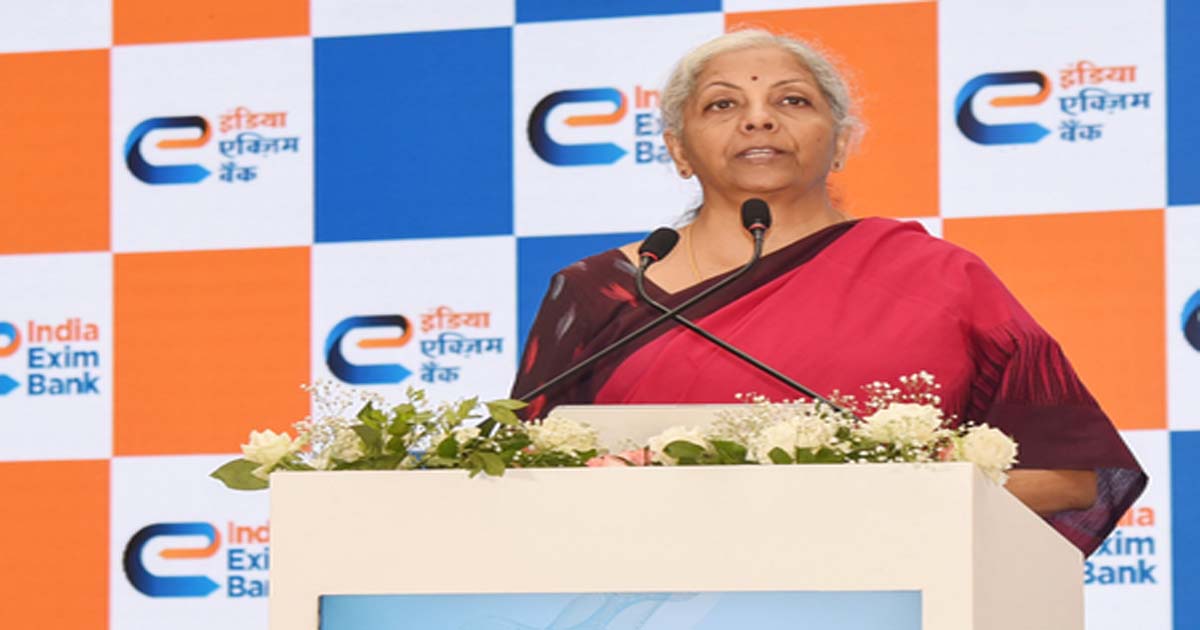
New Delhi, June 30: India will continue to be the fastest-growing economy at the current rate of growth — or even better — and with the monsoon being good, agriculture will definitely come up with a more positive number, Finance Minister Nirmala Sitharaman said on Monday.
The GDP growth accelerated to a robust 7.4 per cent in the fourth quarter of 2024-25, as result of which the growth rate for the full financial year works out to 6.5 per cent on the back of a strong performance of the agriculture, construction, and services sectors, according to latest RBI data.
In a series of posts on X social media platform, taken out from media interviews, the finance minister said this growth rate will continue, and may even become better with good monsoon around.
She further said that deepening of our markets is actually showing and “the retailers are benefitting, ordinary citizens are benefitting”.
“Our systems are transparent. They are digitised and can be accessed from home. Individuals are able to do it on their own rather than depend on others to help them out. These are signs of a very good dynamic economy,” FM Sitharaman emphasised.
According to her, it is clear from the policy that labour-intensive units will be given support.
“We have been specific that handicrafts, handmade goods etc will get succour. So there is no way in which we are choosing between one (labour) and the other (capital/tech). Manufacturing, whether it is employment-intensive, or requires automation, policy support will be given,” the Finance Minister highlighted.
Budget after budget over the past 11 years, this government under Prime Minister Narendra Modi “has made sure that we make some concrete policies that will help people, particularly the MSMEs,” she added.
Like the way PM Modi pushed the Aspirational Districts to meet saturation in most of the schemes, the Dhan-Dhaanya Krishi Yojana will make agricultural productivity the centre focus, and the value addition as the way in which farmers’ income can be increased even in these areas, she mentioned.
“So these are areas in which, in fact, I did suggest to the banks that in these 100 districts, banks should come up with tailor-made schemes for them,” said FM Sitharaman.
PM Modi has also been very keen that defence will not be left wanting.
“Defence’s requirements will be met. Since 2014, attention has been given to small and greater details of demands from defence, whether it is bulletproof jackets or getting the goods in time to the higher reaches,” she posted.
“Indian defence production itself has seen a different growth and today they are also becoming prominent exporters. Other than exports, the way in which domestic capacities have given us the advantage of buying from India for Indian purposes has actually marked the difference,” FM Sitharaman added.
Business
Centre issues revised guidelines for waste-to-energy projects
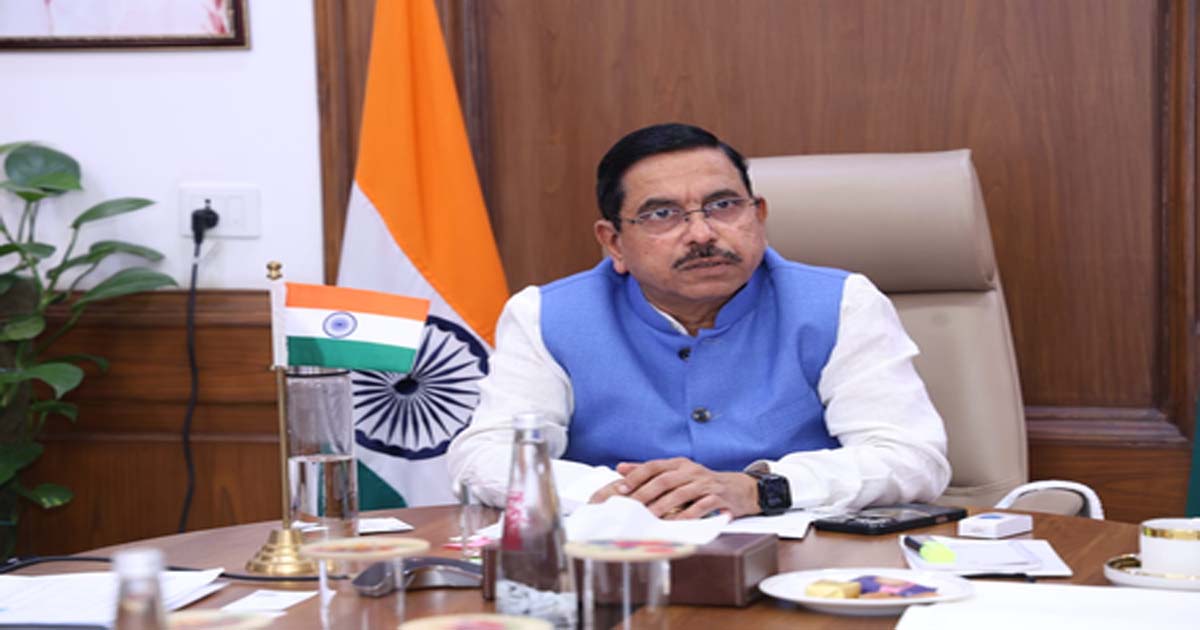
New Delhi, June 28: The Centre on Saturday said it has released revised guidelines for the waste-to-energy programme under the National Bioenergy Programme., which aims to foster a more efficient, transparent, and performance-oriented ecosystem for bio-waste to energy deployment in India.
By simplifying procedures, expediting financial assistance, and aligning support with plant performance, the updated guidelines are designed to significantly enhance the ease of doing business for private as well as public sector, said the Ministry of New and Renewable Energy (MNRE).
Under the new framework, the ministry has simplified several processes, such as cutting down on paperwork and easing approval requirements, which will enable the industry especially MSMEs to enhance their production of CBG, Biogas and Power.
These changes align well with improvement of waste management including stubble, industrial waste, and India’s broader goal of reaching net-zero emissions by 2070.
A key highlight of the revised guidelines is the improved system for releasing Central Financial Assistance (CFA).
“Considering the challenges faced by the developers to achieve 80 per cent generation, flexible provisions have been made in the scheme for release of CFA based on plant performance,” said a ministry statement.
Previously, companies had to wait until the entire Waste-to-Energy project attains 80 per cent generation to receive support.
Moreover, as per the revised guidelines, there is a provision to release the CFA in two stages. Based on performance of the projects, 50 per cent of total CFA will be released after obtaining the consent to Operate certificate from State Pollution Control Board, against the bank guarantee, while the balance CFA would be released after achieving the 80 per cent of the rated capacity or the maximum CFA eligible capacity, whichever is lesser.
“In notably, even if a plant does not achieve 80 per cent generation for above both conditions during performance inspection, provision is made for pro-rata based disbursement based on the percentage output. However, no CFA will be given if the PLF is less than 50 per cent,” according to the government.
This change acknowledges real-world challenges and supports developers by offering financial flexibility and viability during operations.
The revision introduced provides the flexibility to the project developers in claiming CFA either within 18 months from the date of commissioning, or from the date of In-principle approval of CFA, whichever is later.
Business
Make GIFT IFSC more competitive to attract foreign investments: FM Sitharaman
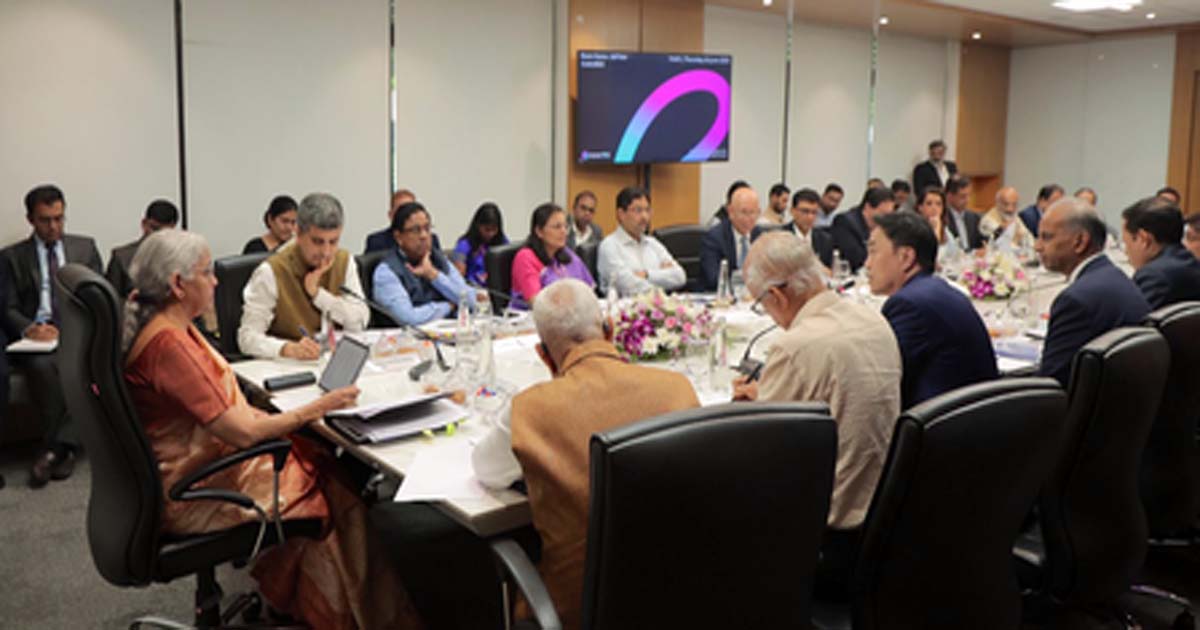
New Delhi, June 27: GIFT International Financial Services Centre (IFSC) should be developed as a prominent gateway for global capital flows into India to feed the needs of high-growth sectors over the next two decades, Finance Minister Nirmala Sitharaman has stressed.
She underscored the importance of developing GIFT City into a dynamic smart city, equipped with integrated, modern, and sustainable living infrastructure, and stated that establishing such world-class amenities is essential to attracting top-tier talent from both domestic and international markets.
During her visit to IFSC at GIFT City in Gandhinagar, the Finance Minister reviewed the progress and interacted with key market participants.
While commending the GIFT IFSC’s role in enhancing India’s global financial standing and acknowledging its impact on reshaping international financial engagement by Indian companies and individuals, she stressed on fast-tracking the reforms in next few years itself, to enable growth to align with the vision of ‘Viksit Bharat’ by 2047
Reiterating GIFT IFSC’s core mandate for focussing on bringing foreign capital into India through structured and well-regulated channels, FM Sitharaman also laid emphasis on the importance of Indian financial sector regulators to take initiatives for identifying aspirational needs of GIFT IFSC in this direction.
The Finance Minister indicated that the twin advantages of India pertaining to technology and availability of a very large domestic market and its financing needs must be leveraged to gain competitive advantage.
Given India’s status as a major gold importer, she stressed on the need to scale up operations at the India International Bullion Exchange (IIBX) by expanding stakeholder participation and strengthening price discovery, thereby positioning GIFT IFSC as a global bullion hub.
She also interacted with MDs and CEOs, chairpersons, founders and CFOs from banking, insurance, capital markets, funds industry, finance companies, payment services providers, aircraft and ship leasing firms, fintech firms, ITFS platform providers and foreign universities.
-

 Crime3 years ago
Crime3 years agoClass 10 student jumps to death in Jaipur
-

 Maharashtra9 months ago
Maharashtra9 months agoMumbai Local Train Update: Central Railway’s New Timetable Comes Into Effect; Check Full List Of Revised Timings & Stations
-
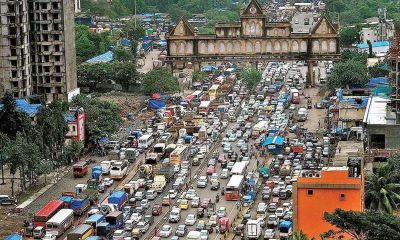
 Maharashtra9 months ago
Maharashtra9 months agoMumbai To Go Toll-Free Tonight! Maharashtra Govt Announces Complete Toll Waiver For Light Motor Vehicles At All 5 Entry Points Of City
-

 Maharashtra9 months ago
Maharashtra9 months agoFalse photo of Imtiaz Jaleel’s rally, exposing the fooling conspiracy
-
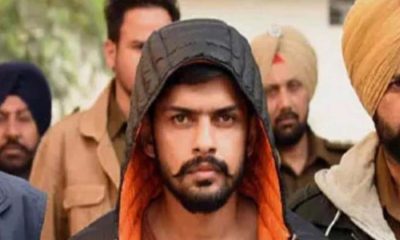
 Crime9 months ago
Crime9 months agoBaba Siddique Murder: Mumbai Police Unable To Get Lawrence Bishnoi Custody Due To Home Ministry Order, Says Report
-
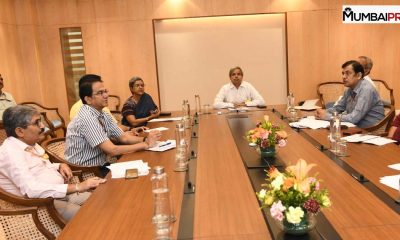
 National News9 months ago
National News9 months agoMinistry of Railways rolls out Special Drive 4.0 with focus on digitisation, cleanliness, inclusiveness and grievance redressal
-

 Maharashtra8 months ago
Maharashtra8 months agoMaharashtra Elections 2024: Mumbai Metro & BEST Services Extended Till Midnight On Voting Day
-

 National News9 months ago
National News9 months agoJ&K: 4 Jawans Killed, 28 Injured After Bus Carrying BSF Personnel For Poll Duty Falls Into Gorge In Budgam; Terrifying Visuals Surface












